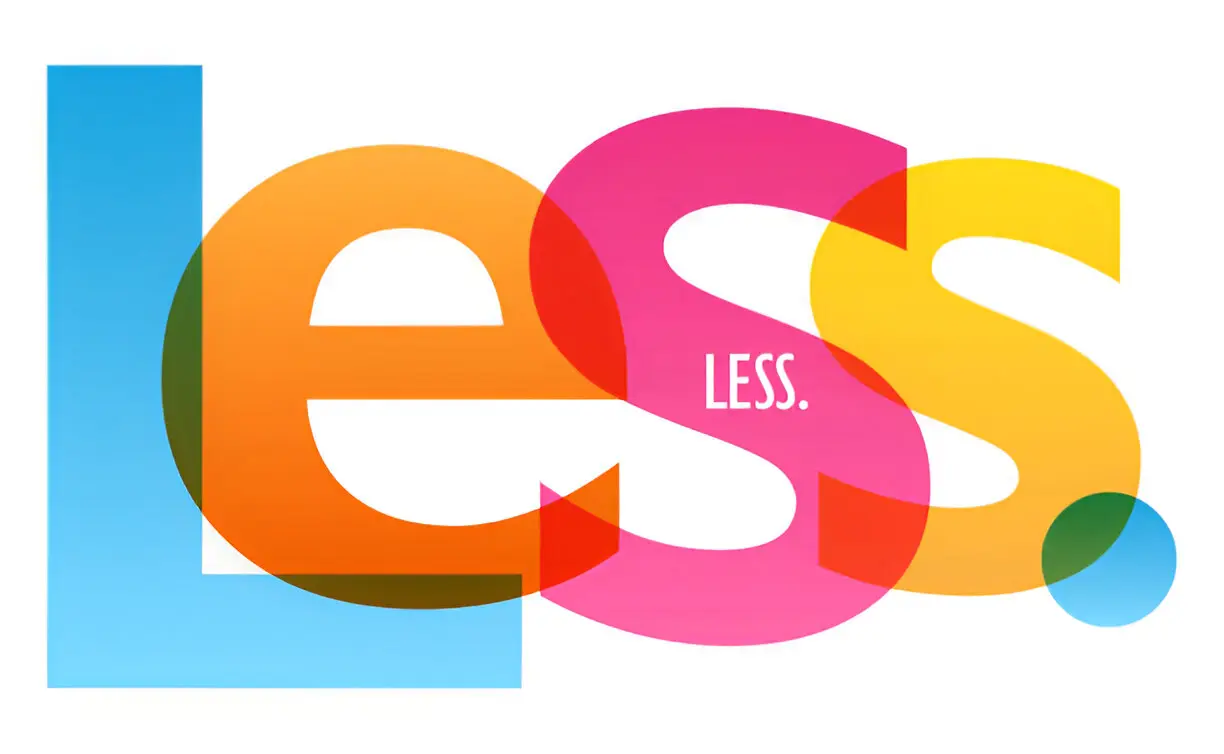In a world brimming with visual noise—ads, videos, pop-ups, carousels—simplicity has quietly emerged as the most powerful design trend of the decade. Clean visual design isn’t just about aesthetics; it’s a strategy. It influences how people feel about your brand, how quickly they understand your message, and whether they choose to engage or bounce.
Whether you’re designing a website, creating social media posts, or developing a pitch deck, clean design helps your audience focus on what matters. And with modern tools, even non-designers can achieve this polished look. One of the unsung heroes of clean visuals? The transparent background. Removing clutter like unwanted backgrounds in images or logos instantly adds a sleek, professional edge that blends seamlessly into any design.
Let’s dive into what makes clean visual design so effective—and how you can apply it to stand out in a cluttered digital landscape.
What Is Clean Visual Design?
Clean visual design emphasizes simplicity, clarity, and intentional use of space. It avoids excessive colors, fonts, elements, and distractions. Instead, it’s all about:
- Clear hierarchy
- Ample white space
- Limited and purposeful color palettes
- Legible, consistent typography
- Balanced layouts
This approach helps your audience process information faster, makes your content feel more trustworthy, and improves usability across devices.
Why It Works: The Psychology Behind Clean Design
Your audience makes snap judgments—within 50 milliseconds, according to research by Google. A cluttered or chaotic design can trigger cognitive overload, causing users to abandon your content before they even engage.
On the flip side, clean visuals:
- Enhance readability: Clear structure and spacing make text easier to scan.
- Build trust: Minimalism signals professionalism and confidence.
- Improve conversions: Simpler layouts lead users more effectively toward CTAs.
- Increase retention: With less distraction, users remember more of your content.
How to Achieve Clean Visual Design
Here are actionable strategies to clean up your visual content without sacrificing creativity:
1. Start with a Grid System
Using a grid keeps your layout structured and consistent. Whether it’s a 12-column website grid or a simple Instagram carousel, grids help align elements evenly and keep things visually balanced.
2. Embrace White Space
White space (or negative space) isn’t wasted—it’s essential. It gives your content breathing room and highlights what’s important.
Pro Tip: Don’t be afraid of “empty” space. It adds elegance and improves comprehension.
3. Limit Fonts and Colors
Stick to:
- 1–2 typefaces (with varying weights/sizes for hierarchy)
- 1 primary color, 1 secondary, and 1–2 neutrals
This keeps your design cohesive and avoids the chaos of rainbow palettes or conflicting fonts.
4. Use Transparent Backgrounds Wisely
A logo or graphic with a transparent background is more versatile—it can sit on any color or image without looking like a cut-and-paste job. It’s especially useful in:
- Social media content
- Product mockups
- Email signatures
- Website headers
Tools like Adobe Express, Canva, or Remove.bg let you create clean, background-free visuals in seconds.
Clean Design in Action: Real-World Examples
Let’s look at how major brands use clean design principles effectively:
- Apple: Their product pages are the gold standard of white space, centered visuals, and minimal text. The layout allows each product to shine.
- Airbnb: Uses large, inviting photos with simple typography and clear CTAs. Their interface feels intuitive and relaxing.
- Dropbox: Bright color splashes paired with large icons and generous spacing give users a sense of ease and control.
These examples aren’t flashy—they’re functional and beautiful. That’s the power of clean design.
Mistakes to Avoid
Even clean designs can go wrong. Common pitfalls include:
- Overusing white space to the point of emptiness
- Minimalism without meaning, making content feel cold or sparse
- Unbalanced layouts, which feel awkward even if they’re “simple”
The key is to aim for clarity, not emptiness.
Clean Design for Social Media, Websites, and More
Clean design isn’t just for websites. Here’s how to apply it across platforms:
- Instagram: Stick to a consistent theme, use borders or space between images, and avoid overloading text.
- Presentations: One idea per slide. Use icons, short headlines, and clean graphs.
- Landing Pages: Limit to one CTA, use bullet points, and remove any element that doesn’t serve a purpose.
Final Thoughts: Design with Purpose
The magic of clean visual design lies in its intentionality. Every space, every color, every element should serve a purpose. When used right, clean design doesn’t just make things “look nice”—it clarifies your message, enhances credibility, and drives action.
So whether you’re a designer, a marketer, or a small business owner, take a few extra moments to simplify your visuals. Cut the clutter. Embrace white space. Use a transparent background when it adds polish.
In the end, good design is invisible. It gets out of the way and lets your message shine.
Also Read-How to Choose the Right Online Surgical Tech Program (And Avoid Scams)

